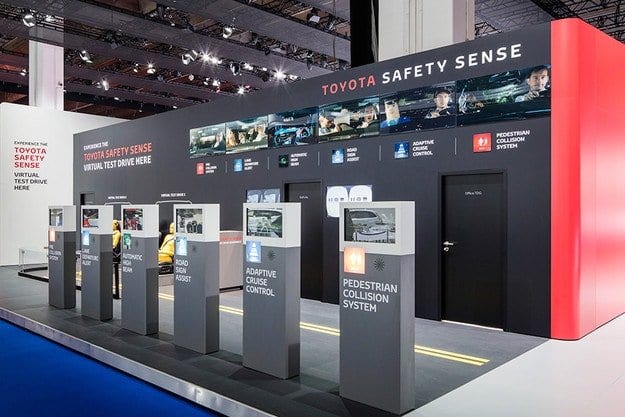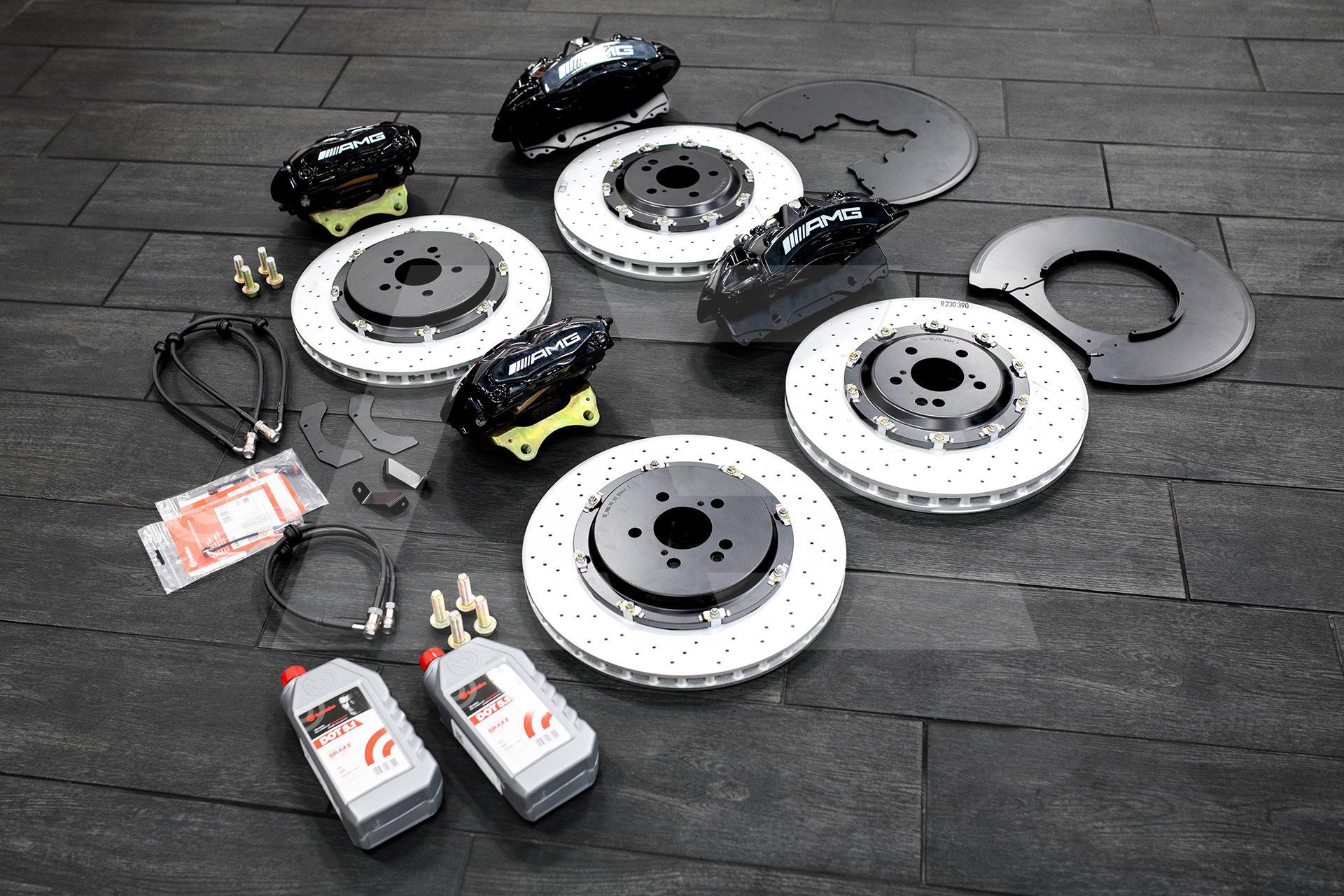
Test drive of the second generation Toyota Safety Sense system

It will be phased in in Japan, North America and Europe from the beginning of 2018.
Only when safety systems become widespread can they make a real difference in the elimination of road accidents and deaths. For this reason, in 2015, Toyota decided to begin standardizing advanced safety technology in its vehicles with Toyota Safety Sense (TSS). It includes active safety technologies designed to prevent or reduce the severity of collisions in various driving situations.
The Active Safety Package includes Urban Collision Avoidance System (PCS) and Lane Departure Warning (LDA), Traffic Signal Assist (RSA) and Automatic High Beam Assist (AHB) 2. Vehicles equipped with millimeter-wave radar, also get adaptive cruise control (ACC) and pedestrian recognition.
Since 2015, more than 5 million Toyota vehicles worldwide have been equipped with Toyota Safety Sense. In Europe, installation has already reached 92% of 3 vehicles. The effect of reducing crashes4 is visible in real-world conditions – about 50% fewer rear-end collisions and about 90% less when combined with Intelligent Crossover Sonar (ICS).
Striving to provide safe mobility for society at large, Toyota believes it is important to find an approach that connects people, vehicles and the environment, and to strive for “real safety” through emergency education and use this knowledge to grow. Vehicle.
Building on Kaisen's philosophy of continuous improvement, Toyota introduces the second generation Toyota Safety Sense. The system features an improved system module, an upgraded collision avoidance system (PCS) and a new Lane Keeping Assist (LTA), while retaining Adaptive Cruise Control (ACC), Road Sign Assistant (RSA) and automatic features. high beam (AHB).
Cars equipped with the second generation Toyota Safety Sense will have a more efficient camera and millimeter-wave radar, which will increase the danger detection range and improve functionality. The systems are more compact to facilitate vehicle installation.
At speeds between 10 and 180 km / h, the Advanced Collision avoidance System (PCS) detects vehicles in front and reduces the risk of rear impact. The system can also detect possible collisions with pedestrians (day and night) and cyclists (during the day), and the automatic stop is activated at speeds of approximately 10 to 80 km / h.
The new lane tracking system keeps the car in the middle of the lane, helping the driver to control the car when using Adaptive Cruise Control (ACC). The LTA also comes with Advanced Lane Departure Alarms (LDA), which can recognize banquets on straight roads without white lane markings. When the driver deviates from his lane, the system warns and helps him return to his path.
The second generation Toyota Safety Sense will be rolled out in phases in Japan, North America and Europe from the beginning of 2018.
